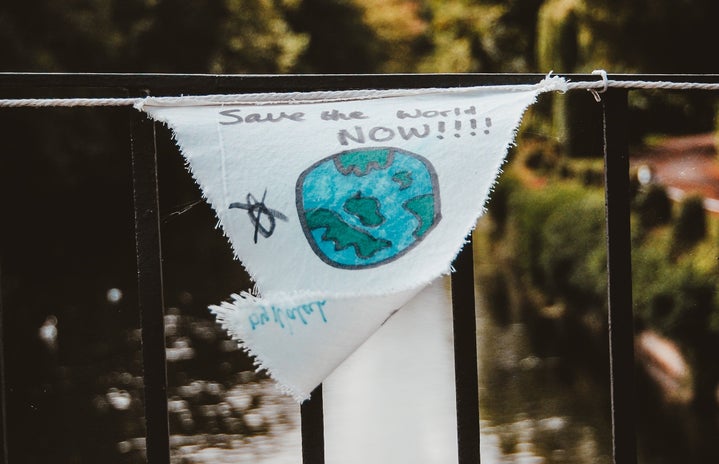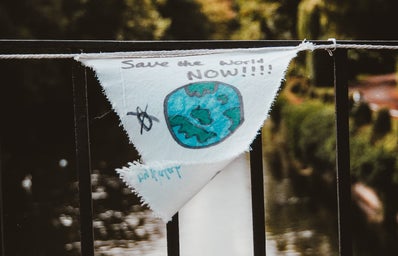By 6 a.m. on Wednesday in Chicago, the temperature outside had plummeted to -22°F with a wind chill of -49°F, resulting in a crisis that weather services are calling life-threatening. Many Chicagoans were able to take refuge from the cold in the warmth of their own homes. But for the city’s 80,000 homeless people, their reality was a lot different.
Facing the dangers of hypothermia and frostbite, Chicago’s homeless population is extremely vulnerable due to their lack of shelter, clothing and materials necessary to protect themselves from outside conditions. Hypothermia can take only two minutes to catch in these extreme conditions. Frostbite, which can start developing after only 10 minutes, presents a serious risk every year in Chicago, causing homeless people to lose limbs, ears, toes and fingers. For those who do not have enough layers, they could freeze to death within an hour.
Having kept this in mind, officials are stepping up to provide support by adding extra shelter beds to packed shelters and providing wellness checks and warming centers in buses, churches, libraries and other recreational centers. Lyft is offering free rides to warming centers throughout Chicago this week. Pacific Garden Mission, Chicago’s largest homeless shelter, broke their rule of only letting in long-term visitors to accept hundreds of people in need. The Salvation Army opened a 24-hour warming center, which marks the first time the center was ever used for that purpose. The city’s mayor, Rahm Emanuel, took to Twitter to let residents know where they can find help. He stated: “Chicago is working hard to keep all residents safe during this dangerously cold weather. Over 270 warming centers are available throughout the city, offering support to residents in every neighborhood.”
Most homeless people, who are not watching the news or on social media, have no access to information about the approaching weather. Groups of people have opted to head out onto the streets and hand out flyers with information concerning the weather and how to get help.
Courtesy: Getty Images
Although help is there, some homeless citizens are still at risk due to their dislike of shelters. Despite volunteers from various city agencies, non-profit groups and organizations walking around the streets of Chicago until 1 a.m. to coax those living outside to come to a shelter, most will not budge. Some are fearful for their safety or fear their belongings will be stolen by other people staying at the shelter. Others have had bad experiences with bed bugs, difficulty traveling to a shelter, or difficulty meeting a shelter’s rules, like a sobriety requirement. Some state that they feel more secure on the street instead of in a shelter that they will eventually have to move out of. By turning down these shelters, they choose to get by with multiple blankets, gloves and coats.
Some homeless people are still wary about the city’s help. Many homeless Chicagoans have resorted to using propane heaters and charcoal grills in their tents to keep them warm, but in recent months, officials have cracked down on tents to make way for construction and to clear out pedestrian walkways. Along with losing their tents, they also lose their main heat sources.
The Night Ministry, which assists homeless individuals with housing and health care in Chicago, is accepting donations. If you would like to help, you can donate too.



